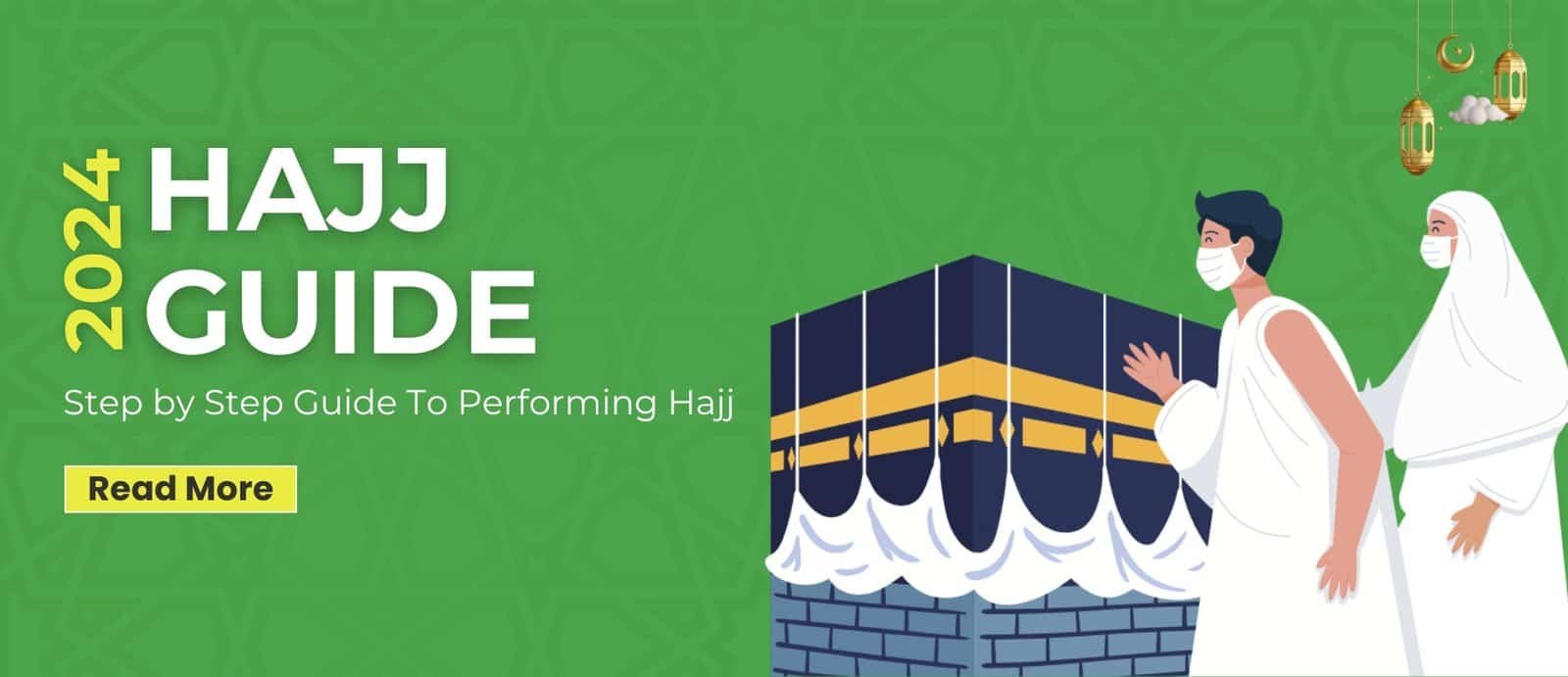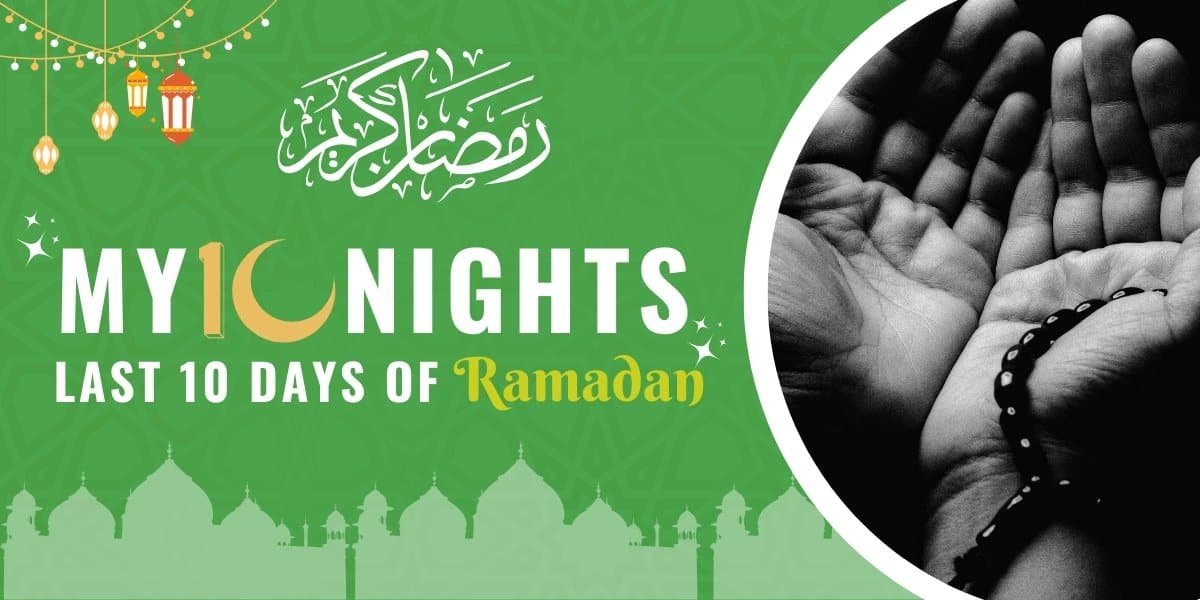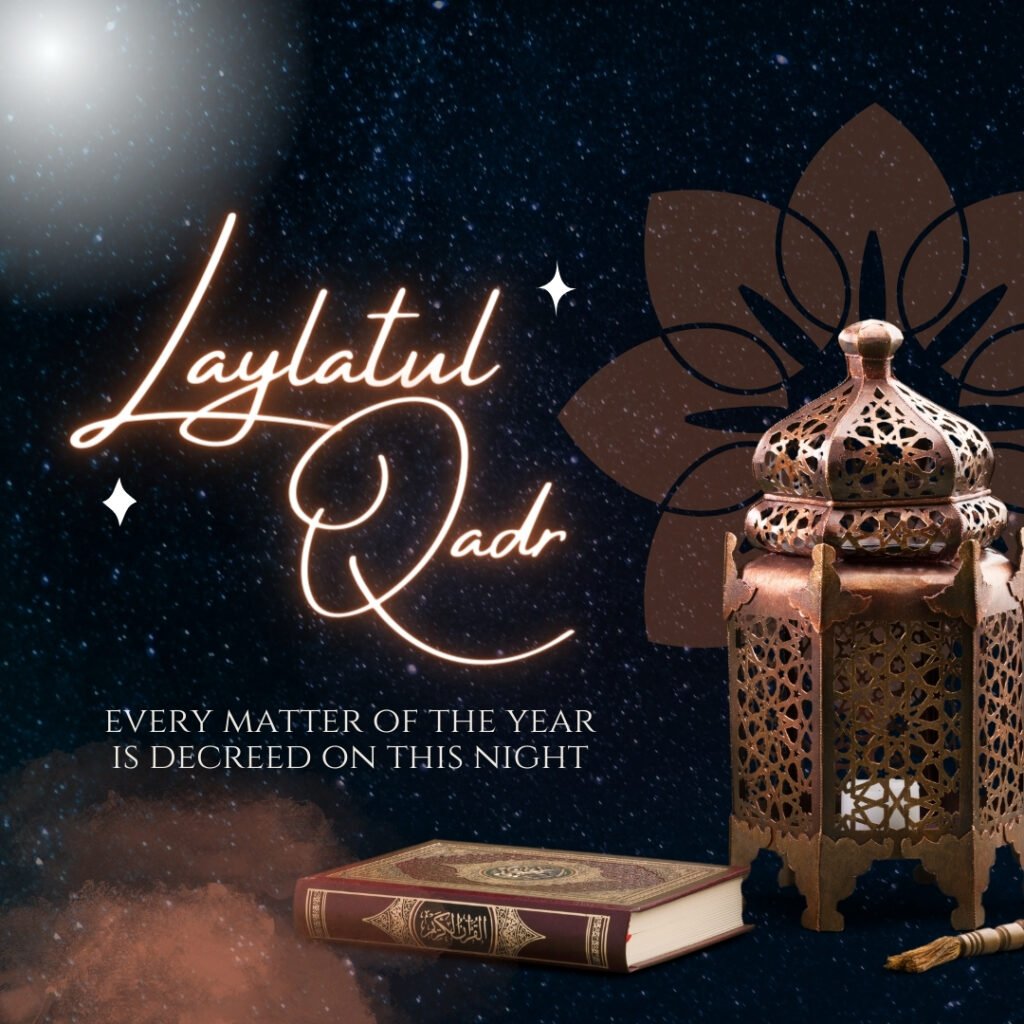The month of Dhul Hijjah marks one of the most important occasions in the Islamic calendar: Hajj. As one of the five pillars of Islam, Hajj draws Muslims from around the globe to Makkah to fulfill this religious duty. Below is an overview of Hajj and all the essential information you need, along with a detailed Hajj guide.
What is Hajj?
Hajj is the sacred pilgrimage required of Muslims who meet the Nisab criteria, to be performed at least once in their lifetime. For those wondering what Hajj entails, it is the period when Muslims converge in Makkah, Saudi Arabia to worship and earn immense rewards through the various rituals outlined in the Hajj Guide.
Hajj starts on the 8th of Dhul Hijjah and lasts for 4 to 6 days, depending on the moon sighting for the 12th month of the Islamic calendar. Muslims from around the world gather to perform Hajj, following the Sunnah of Prophet Ibrahim (AS). This highlights the significance of Hajj for Muslims.
Interesting Facts About Hajj
As we learn about Hajj, there are some interesting facts every Muslim should know:
- The origins of Hajj date back to long before the time of Prophet Muhammad (S.A.W.), with the rituals performed during Hajj having historical significance dating back to 2000 BCE.
- Hajj is the fourth pillar of Islam and is observed in the 12th month of the Islamic calendar.
- One notable fact about Hajj is that it offers expiation for all the sins of the past year and the year to come, according to Hadith.
- Hajj always begins on the 8th of Dhul Hijjah.
Hajj Guide 2024 : Step-by-Step
With a basic understanding of what Hajj entails, it’s time to explore the Hajj Guide. You can also download the Hajj Guide PDF for easier access while fulfilling this obligation.
Step 1: Niyyah and Preparation
Before arriving in Makkah for Hajj, it is important to sincerely intend in your heart to perform the pilgrimage solely for the sake of Allah, seeking spiritual rewards in the hereafter rather than for display or material gain.
Step 2: Entering into Ihram
Get ready to enter Ihram, the state of ritual purity. Men should dress in the prescribed white cloth, while women can opt for any attire that complies with Hijab rules. Face coverings are not permitted, and closed footwear is prohibited; both men and women must wear sandals.
Step 3: Performing Tawaf 7 Times
Tawaf, an essential pilgrimage ritual, involves circumambulating the Kaaba counterclockwise. Each Tawaf comprises seven circuits, starting and ending at the Black Stone within the Kaaba. In addition to Tawaf, you have the option to perform voluntary prayers as an expression of gratitude to Allah for your safe arrival and to begin this deeply spiritual journey.
Step 4: Safa and Marwa
Once you finish Tawaf, you will move on to Sa’i, where you will walk and run between the hills of Safa and Marwa. Begin at Safa and walk towards Marwa, running between the designated green markers. Repeat this process for seven laps, alternating between the hills until the Sa’i is concluded.
Step 5: Trimming or Shaving Head Hair [Umrah Ends]
Upon completing Sa’i, men will shave or trim their hair, while women will trim their hair to fingertip length. This marks the completion of Umrah, allowing you to exit Ihram until the 8th of Dhul Hijjah.
Step 6: Resting and Praying
Following the conclusion of Umrah, you’ll stay in Makkah for the rest of this sacred month to begin your Hajj pilgrimage with fellow Muslims. Take time to rest and make the most of your time for sincere worship. Hajj commences on the 8th of Dhul Hijjah.
Step 7: Re-entering the State of Ihram
Undertaking Hajj fulfills a sacred obligation, offering a profoundly spiritual encounter with Allah’s blessings and forgiveness. The voyage commences on the 8th day of Dhul Hijjah, signifying a fresh stage in your spiritual journey as you cleanse yourself and enter Ihram once again.
Step 8: Reaching Mina
Upon arrival at Mina’s tent city, locate your assigned tent and offer Salah, performing Dhuhr, Asr, Maghrib, ‘Isha, and Fajr prayers. Adjust the four-unit prayers to two units each, following the Quranic guidance. Spend the night engaged in prayer, Quranic recitation, and readiness for the upcoming day, focusing on spiritual contemplation and devotion.
Step 9: Day of Arafah
Following sunrise in Mina, you will journey to the plains of ‘Arafah, seeking forgiveness and offering supplications on the Day of ‘Arafah. Upon reaching ‘Arafah, pilgrims merge the shortened Dhuhr and Asr prayers. A sermon is delivered from Masjid al-Nimra, and it is advisable to listen if possible, with the potential for your group to provide an English translation.
Step 10: Arrival in Muzdalifah
Following sunset, depart from ‘Arafah to Muzdalifah, where you will combine Maghrib and ‘Isha prayers, shortening ‘Isha to two Rakat. Rest or engage in worship until shortly before Fajr. In Muzdalifah, gather pebbles for stoning the pillars over the next three days; these pebbles should be similar in size to date stones. Collect 49 pebbles, but it’s recommended to have 70 in case of any loss. You can also gather extra pebbles in Mina to ensure you have an adequate supply for the ritual.
Step 11: Rami and Hady
On the 10th of Dhul Hijjah, known as Yawm al-Nahr or the Day of Sacrifice, pilgrims observe significant rituals. After Fajr Salah, they depart from Muzdalifah to Mina, reciting the Talbiyah. Upon arrival, they perform the Hady and commence the ‘stoning of the satan’ ritual, which continues for three days. This day also marks the beginning of the Eid al-Adha festival, during which Muslims worldwide offer Qurbani.
- Regarding the correct way to perform Rami:
Throughout the 10th, 11th, and 12th days of Dhul Hijjah, pilgrims engage in Rami, the stoning of the satan, using 49 pebbles, each of similar size to date stones or seeds. These pebbles are divided into four pouches: 7 for the 10th day and 21 for both the 11th and 12th days. At Jamarat, they begin by casting 7 pebbles at Jamarat al-Aqaba while reciting “Allāhu ‘Akbar” (Allah is The Greatest).
Step 12: Performing Qurbani and Eid Al-Adha
Eid al-Adha, known as the Festival of Sacrifice, is celebrated globally by Muslims who are not undertaking the pilgrimage on the 10th of Dhul Hijjah. Through the Qurbani ritual (sacrifice), Muslims honor the obedience of Prophet Ibrahim (AS) to Allah’s (SWT) command to sacrifice his son Isma’il (AS).
Step 13: Shaving the Head
Upon offering the Hady, it is preferable for men to shave their hair, following the tradition of Prophet Muhammad (peace and blessings be upon him). Women should trim their hair by the length of a fingertip. At this point, you may exit the state of Ihram, wear comfortable attire, and resume regular activities, with the exception of sexual intimacy. It is recommended to apply perfume, as Prophet Muhammad (peace and blessings be upon him) did, typically using a scent of musk.
Step 14 & 15: Tawaf al-Ifadha and Saai’
Following the completion of Rami, Qurbani, and shaving (or trimming) your head, you will move on to Makkah to perform Tawaf al-Ifadha and another Saai circuit, which are obligatory Hajj rituals. Once these rituals are finished, you can resume lawful activities, including marital relations. However, you will return to your tents in Mina to proceed with the remaining Hajj rituals.
Step 16: The Second Day of Stoning the Satin
On the 11th of Dhul Hijjah, you’ll engage in the second day of Rami, the stoning of the devil. This time, you will cast stones at each of the three pillars in sequence: Jamarah al-Ula (the small pillar), Jamarah al-Wusta (the middle pillar), and finally, Jamarah al-Aqaba (the large pillar). After stoning the first and second pillars, take a moment to make Du’a facing the qibla. Each pillar should receive seven consecutive pebbles while reciting the Takbir. Remember to carry spare pebbles in case they are needed!
Step 17: Spending Night in Mina
Following the completion of your second Rami, return to your Mina camp for the rest of the day and night, devoting this time to worship and making the most of its significance.
Step 18: The Third Day of Stoning the Satin
In the afternoon of the 12th of Dhul Hijjah, gather 21 pebbles and follow the same procedure as the previous day.
Step 19: Tawaf al-Wida
Before leaving Makkah, there’s one last essential step to conclude your Hajj: the farewell Tawaf. This Tawaf is obligatory according to most schools of thought and must be performed before exiting the boundaries of the Haram. It entails circling the Kaaba seven times, followed by two Rakat of Salah and drinking Zam Zam water. It’s crucial to remember that skipping this Tawaf without a valid reason is not permitted in Islam.
CONGRATULATIONS!! YOUR HAJJ JOURNEY IS NOW COMPLETE!
To those getting ready for Hajj 2024 or those already there, download the Hajj guide PDF by clicking below for easy access to information about Hajj and a step-by-step Hajj guide. We wish you all a safe and blessed journey.







